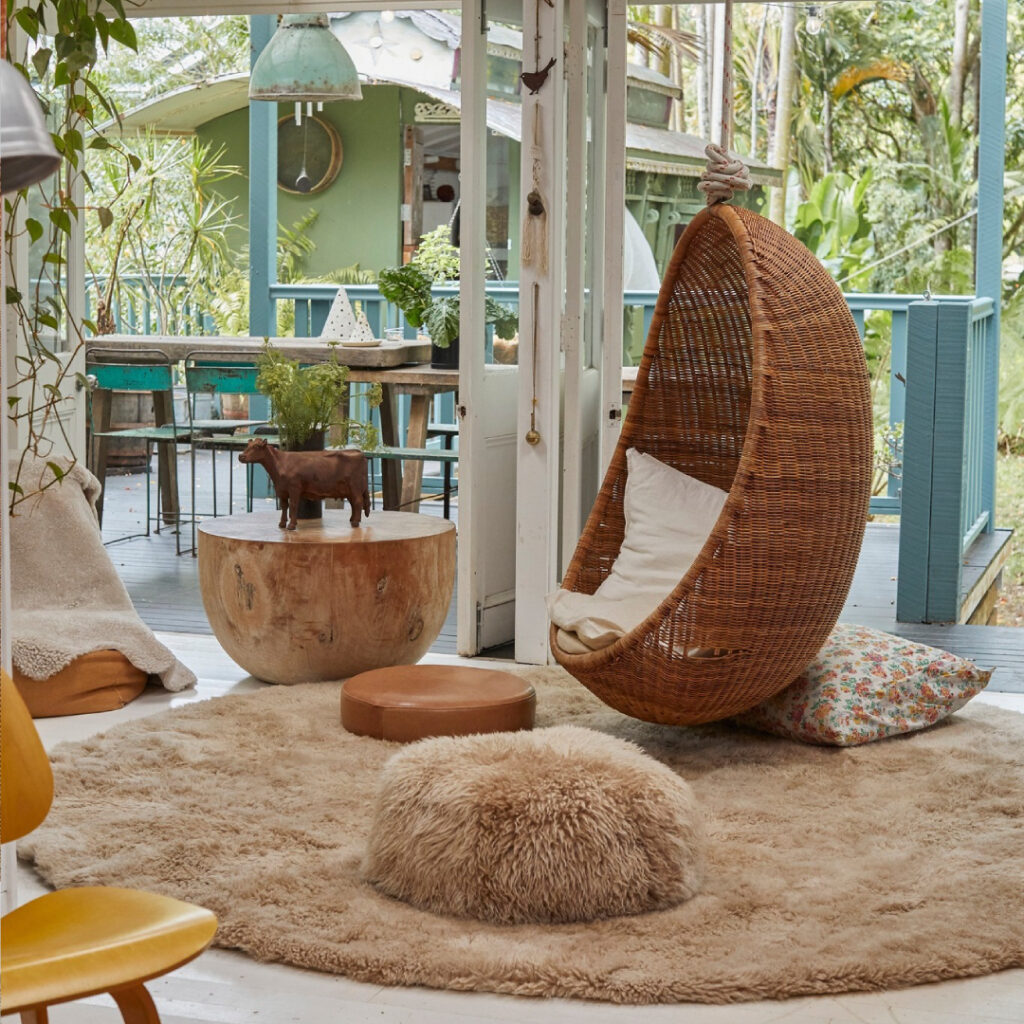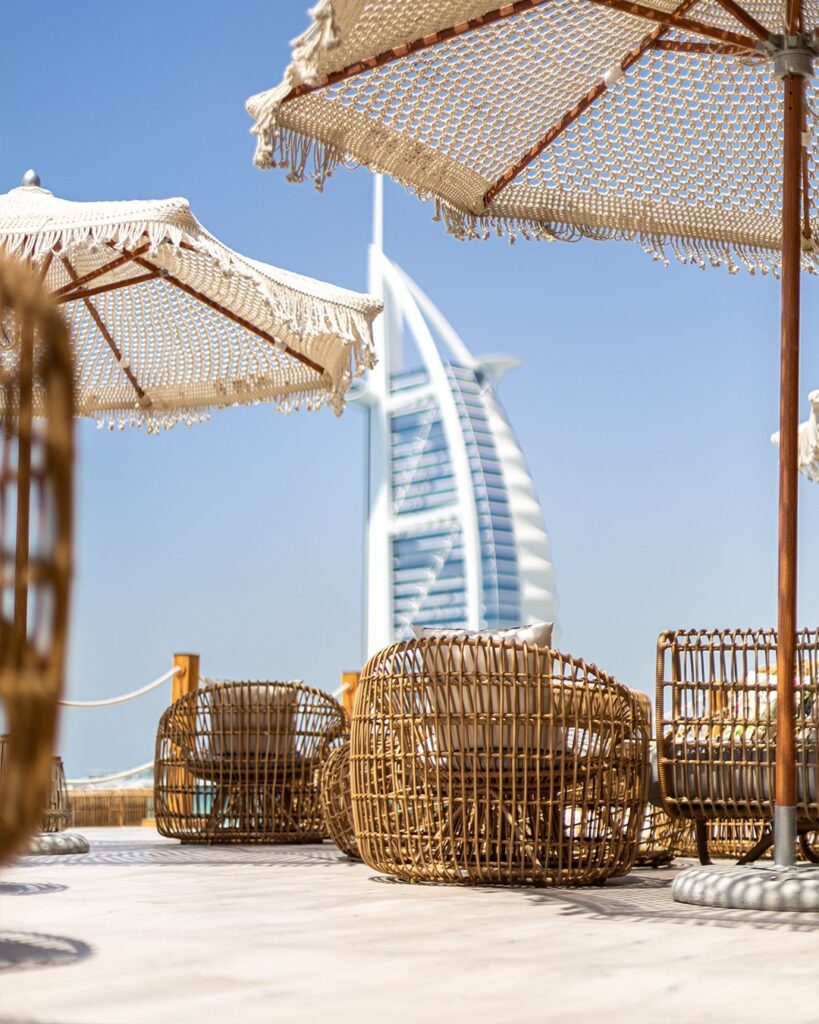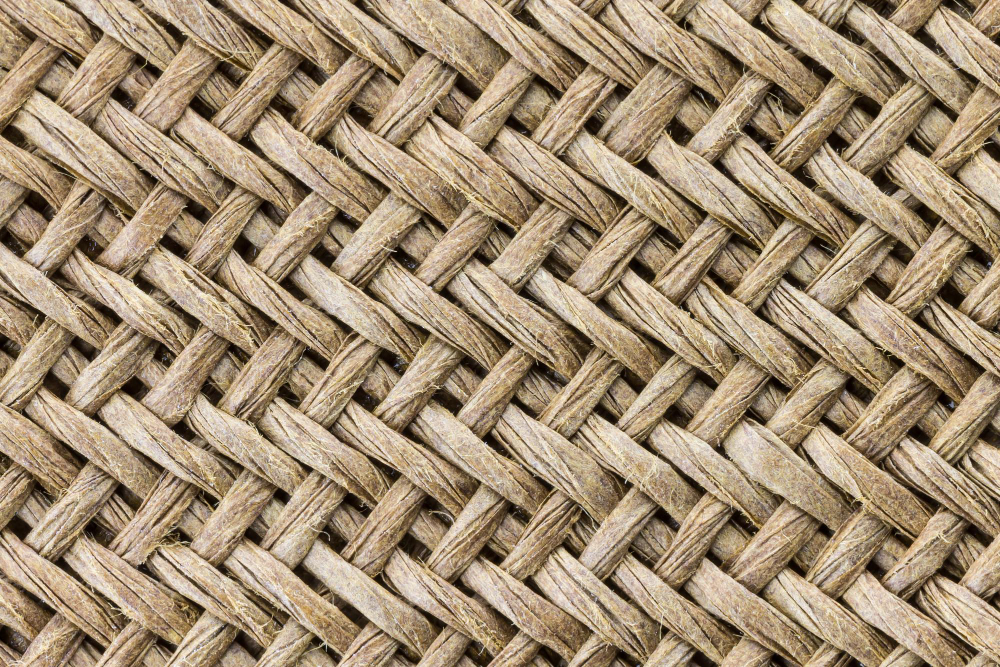Wicker has been a go-to choice for furniture and decor for centuries, loved for its charm, durability, and versatility. Whether it’s indoors or outdoors, wicker furniture adds a timeless touch to any space. But what exactly is wicker, and why is it so popular?
What is Wicker?
Contrary to popular belief, wicker isn’t a material—it’s a weaving technique used to craft furniture and decorative items. This intricate process involves weaving natural or synthetic fibers into lightweight yet sturdy pieces. Traditionally, artisans have used plant-based materials like rattan, willow, bamboo, and reed to create beautiful, flexible designs. Each natural fiber brings unique characteristics, enhancing the strength and aesthetics of wicker furniture.
With advancements in technology, synthetic materials like PE (polyethylene) wicker have emerged as popular alternatives. Unlike natural wicker, PE wicker is engineered to resist moisture, UV exposure, and harsh weather, making it a fantastic option for outdoor furniture. These synthetic options mimic the traditional look of natural wicker while offering superior durability and easy maintenance.
Why is Wicker So Popular?
Wicker’s long-standing appeal comes from its perfect mix of style, functionality, and sustainability. It blends seamlessly with various decor styles, from cozy farmhouse interiors to sleek outdoor patios. Wicker furniture is also lightweight, making it easy to move around, yet strong enough to handle everyday use. With both natural and synthetic varieties available, you can choose what best fits your lifestyle and maintenance preferences.
The History of Wicker

Wicker has been around for thousands of years. Ancient Egyptians used woven reeds to make baskets, furniture, and even chariots. The craft spread across Europe and Asia, evolving with local materials and weaving techniques. By the Victorian era, wicker furniture became a symbol of elegance, commonly found in parlors and sunrooms. Today, wicker remains a favorite in homes worldwide, blending traditional craftsmanship with modern innovations.
What is Wicker Furniture Made Of?
Natural Wicker Materials
- Rattan – Strong, flexible, and commonly used in high-quality furniture.
- Willow – Soft and pliable, perfect for decorative baskets and lightweight pieces.
- Bamboo – Sturdy and eco-friendly, often found in indoor furniture.
- Cane – A refined version of rattan, adding both strength and elegance.
- Reed – Thin and delicate, ideal for intricate weaving patterns.
- Seagrass – Provides a natural texture and organic aesthetic.
Synthetic Wicker Materials
- PE Wicker (Polyethylene Wicker) – A weather-resistant alternative that mimics natural wicker.
- Resin Wicker – Made from high-quality plastic, ensuring longevity for outdoor use.
- HDPE Wicker (High-Density Polyethylene) – More eco-friendly, UV-resistant, and fully recyclable.
Wickerwork Material
This term refers to any woven material used in furniture-making, whether natural or synthetic. The weaving style affects both durability and aesthetics.
Indoor vs. Outdoor Wicker: Which One is Right for You?

Choosing between indoor and outdoor wicker furniture depends on where and how you plan to use it. Indoor wicker, made from natural materials like rattan and willow, exudes warmth and elegance, while outdoor wicker, often crafted from synthetic materials, is built to withstand various weather conditions. Below is a comparison to help you decide which option suits your needs best.
| Feature | Indoor Wicker | Outdoor Wicker |
|---|---|---|
| Definition | Crafted from natural materials like rattan and willow | Made from synthetic materials for outdoor durability |
| Appearance | Warm and elegant, suited for indoor spaces | Sleek and weather-resistant for outdoor use |
| Maintenance | Requires regular dusting and protection from moisture | Easy to clean with soap and water |
| Durability | Can wear down with exposure to moisture | Extremely durable in all weather conditions |
| Weight | Lightweight and easy to move | Heavier due to sturdy construction |
| Environmental Impact | Eco-friendly and renewable | Often recyclable but synthetic |
What is the Best Material for Outdoor Wicker?

For outdoor furniture, PE wicker and PVC wicker are common choices. Among them, HDPE (High-Density Polyethylene) wicker stands out as the best due to its exceptional durability and eco-friendliness.
HDPE vs. PVC Wicker: Which is Better?
| Feature | HDPE Wicker | PVC Wicker |
| Durability | Highly durable, weather-resistant | Less durable, prone to cracking |
| Eco-Friendliness | Recyclable, non-toxic | Less eco-friendly, contains plasticizers |
| Appearance | Natural and elegant look | Shiny, more artificial-looking |
| Maintenance | Low maintenance, withstands harsh weather | Requires more care to prevent brittleness |
Thanks to these benefits, HDPE wicker is becoming the industry’s top choice for outdoor furniture.
Can Wicker Get Wet?
That depends on the type of wicker. All-weather wicker, such as HDPE, is designed to handle moisture and won’t deteriorate in rain or humidity, making it ideal for outdoor use. However, natural wicker, particularly soft, fibrous materials like seagrass and water hyacinth, is highly sensitive to water. If it gets too wet, it can weaken, crack, or develop mold.
If your natural wicker furniture gets soaked, dry it as soon as possible by placing it in a well-ventilated area, using a fan, or gently blotting it with a cloth. To extend its lifespan in humid environments, consider applying protective coatings.
How is Wicker Made?
The process of making wicker furniture involves several meticulous steps:
- Harvesting and Processing – Natural fibers like rattan and bamboo are cut, soaked, and treated for durability.
- Shaping and Weaving – Skilled artisans weave the material over a sturdy frame in intricate patterns.
- Finishing Touches – Protective coatings or treatments are applied to enhance longevity.
For synthetic wicker, the process includes molding and extruding plastic fibers that resemble natural materials before weaving them into furniture.
How to Style Wicker Furniture in Your Home
Wicker furniture isn’t just for patios! Here are some ways to incorporate it into your home:
- Boho Chic – Pair rattan wicker chairs with plush cushions and macrame accents.
- Coastal Style – Combine white or light-colored wicker with blue and neutral tones.
- Rustic Farmhouse – Use dark-stained wicker alongside wooden elements.
- Minimalist Modern – Opt for sleek, synthetic wicker with simple lines.
Final Thoughts: Is Wicker Right for You?
Wicker furniture offers a perfect mix of style, durability, and functionality. Whether you’re looking for a cozy indoor seating arrangement or a weather-resistant outdoor lounge set, wicker has something for you. Just pick the right material for your needs and enjoy the classic beauty of woven furniture in your home!

Leave a Reply
You must be logged in to post a comment.